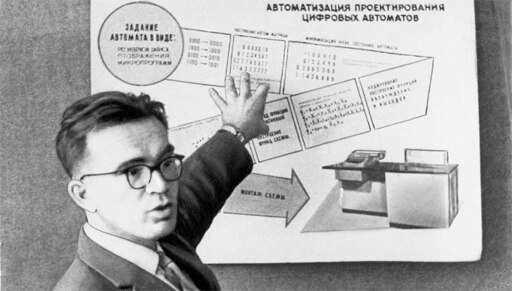The inherent assumption in “big computer” socialism is that the problems in the Soviet system of planning were not insurmountable, and other alternative planning systems, like the brief Cybersyn experiment in Chile show a way forward. Indeed, there was a glimmer of this possibility in the USSR. Faced with a stagnating economy in the 60s, it was clear to many that the Soviet planning system needed reforms. The road taken was that of the Kosygin-Lieberman 1965 reforms which introduced some market mechanisms, such as using profitability and sales as the two key indicators of enterprise success. These substituted the old Stalinist principle of “business bookkeeping”, where enterprises had to meet planners’ expectations within a system of fixed prices for inputs/outputs, causing perverse incentives such as making badly-made surpluses or increases in product weight as a net positive for the enterprise.
However, there was another option to the introduction of some market mechanisms in the economy: the road of using the available computing technology to help the planners plan and eliminate the perverse incentives. This was the main idea of Victor Glushkov, and his OGAS system. OGAS was not just “the Soviet internet” as it has sometimes been referred to; in its original form, it was supposed to be a system for radically modifying the planning systems of the economy. The original idea of OGAS was never implemented. Instead, it was downgraded and gutted to the point it became a ghost of itself, failing to provide a line of flight for the creation of a new economy. However, the principles behind it still hold, and can guide us in thinking about what shape the future can take. It is in this context that we present a short biography of Victor Gluskhov and the Soviet attempt at having a “big computer” plan its economy.


